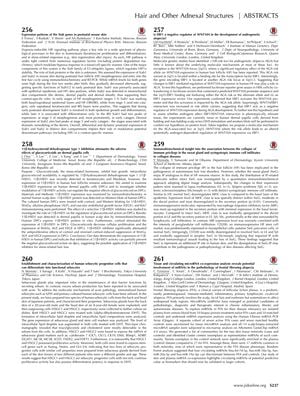Establishment and Characterization of Human Sebocytic Progenitor Cells That Can Differentiate Into Functional Sebocytes
September 2017
in “
Journal of Investigative Dermatology
”

TLDR Researchers created human cells that can turn into sebocytes, which may help study and treat skin conditions like acne.
In the 2017 study, researchers established two types of human sebocytic progenitor cells, HSGC1 and HSGC2, from the skin of a 20-year-old male and an 8-year-old female. These cells were cultured and treated with 5alpha-dihydrotestosterone (DHT) to induce differentiation into sebocytes, which are responsible for sebum production. The cells demonstrated an increase in lipid droplets and expressed mRNA for sebaceous gland markers upon DHT treatment. They also showed proliferative activity and stem-cell gene expression, confirming their identity as sebocytic progenitor cells. The findings suggest that these cells could be valuable for studying sebaceous gland functions and for developing treatments for sebum-related disorders like acne.





